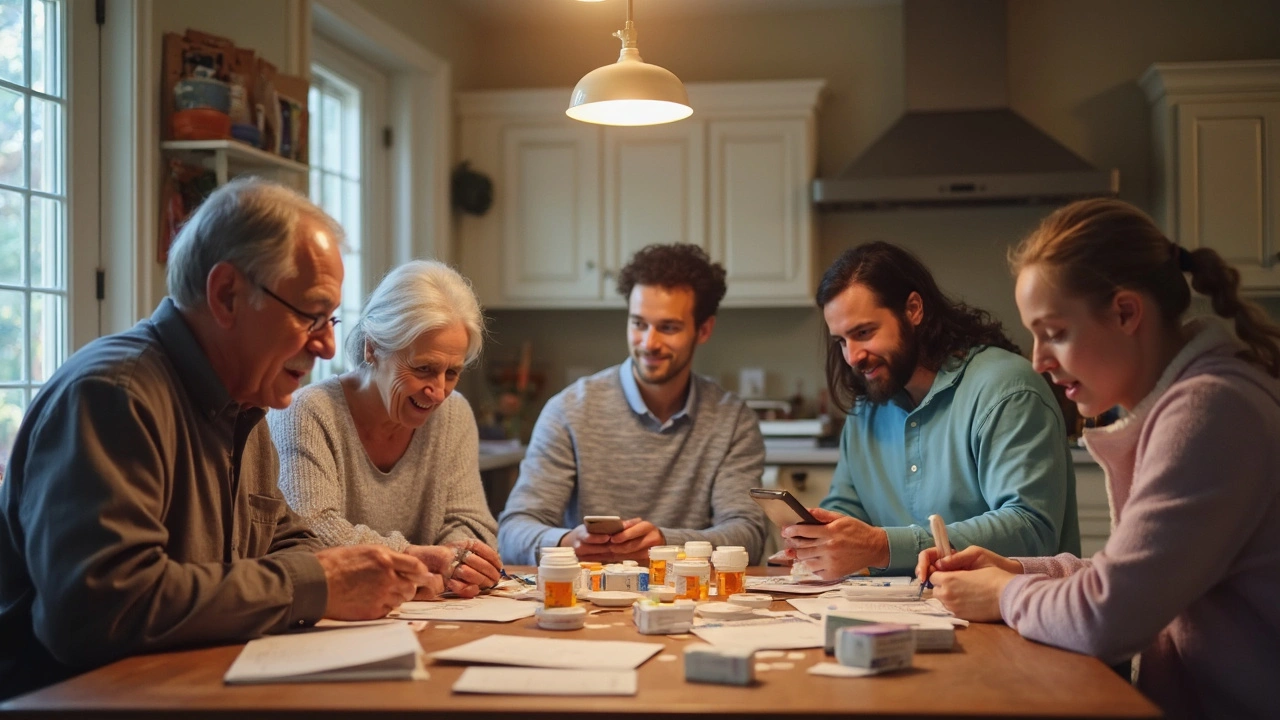Ever looked at a drug’s price tag and thought, "No way I can afford that?" You’re not alone. Patient assistance programs (PAPs) exist exactly for moments like this. They’re run by drug makers, nonprofits, or government agencies and can cover all or part of the cost of prescription meds.
Here’s the quick rundown: if you have a low income, lack insurance, or your insurer won’t cover a particular drug, you may qualify. The good news? Signing up is usually a handful of forms and a few minutes of your time.
Start with the drug’s official website. Look for a link called “Patient Assistance,” “Savings Card,” or “Copay Program.” If the brand name doesn’t have a program, check generic manufacturers or big foundations like the HealthWell Foundation. Websites like NeedyMeds and RxAssist keep searchable databases of hundreds of PAPs.
When you locate a program, write down the eligibility criteria. Most ask for proof of income (pay stub, tax return), a recent prescription, and a doctor’s signature. Some only serve U.S. residents, while others accept international applicants. Keep a folder—digital or paper—so you can pull the needed docs fast.
1. Gather paperwork. You’ll need a valid ID, proof of residence, and a copy of the prescription. If you’re on Medicaid, Medicare, or any public plan, have those cards ready.
2. Fill out the form. Most PAPs have printable PDFs or online portals. Read each field; a missing tick can delay approval.
3. Get your doctor’s sign‑off. Ask your prescriber to write the diagnosis and sign the form. Many doctors have a quick “letter of medical necessity” template you can use.
4. Submit. Email, fax, or mail the packet as directed. Keep a copy for your records and note the submission date.
5. Follow up. If you haven’t heard back in two weeks, call the program’s hotline. A polite nudge often speeds things up.
Once approved, you’ll receive the medication at a reduced price or for free. Some programs renew every six months, so set a reminder on your phone.
Pro tip: If a PAP says “not eligible,” ask why. A missing income document or an outdated prescription can be fixed quickly. Also, combine PAPs with pharmacy discount cards (GoodRx, SingleCare) for extra savings on other meds.
Remember, these programs are there to help you stay healthy without breaking the bank. Take a few minutes to explore and you could save hundreds of dollars each year.

Rising drug prices in 2025 mean people are hunting for solid ways to save on prescriptions. This guide cuts through the noise and compares nine real alternatives to NeedyMeds.org, showing how each option works and what to expect. Whether you need savings resources or direct manufacturer support, you’ll find up-to-date details on costs, access, and tips for using these programs. It's not just theory—these are solutions people are using today. You’ll walk away with clear next steps for your own situation.